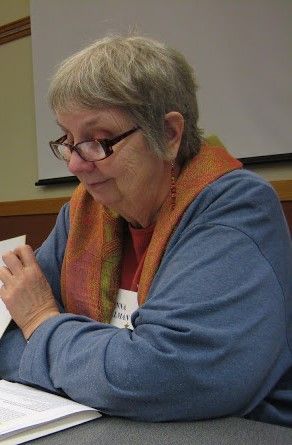LESSONS FROM THE VIRUS #2
How can one teacher in Pakistan conduct language and philosophy lessons for 70 students, all at different levels of learning? And, what might we learn from that?
We were talking about education, coming out of the pandemic. I ventured to suggest that one good result from the corona virus was that in reopening schools in the US with staggered schedules and social distancing, they were saying that classes would have to be smaller, with no more than 15 children per classroom. Since study after study shows that having smaller class sizes means more individual attention and better learning success for children, it seemed to me that this could be a step in the right direction.
But a participant from Pakistan turned my thinking upside down. There was a teacher in his country, he said, who successfully teaches a class of 70 students in the Persian language and philosophy. How can this be? Each new student is assigned to a student one level above him in learning. When he has learned the first lesson, He is assigned to teach another new student as he himself is learning the next.
Could we do something like that in the US? Children learning from children? I realized my thinking was boxed into the model of a classroom with rows of desks and a teacher at the front of the room. But suppose we had an online system of students passing on knowledge recently learned to the next. Second graders teaching first graders. Fifth graders teaching fourth. Didn’t they do something like that in our old-fashioned one-room school houses, put the older students to work teaching the younger ones? I’m not sure what such a system would look like, but I know I am looking at the education of our children in a completely new way, imagining possibilities that hadn’t occurred to me before.

